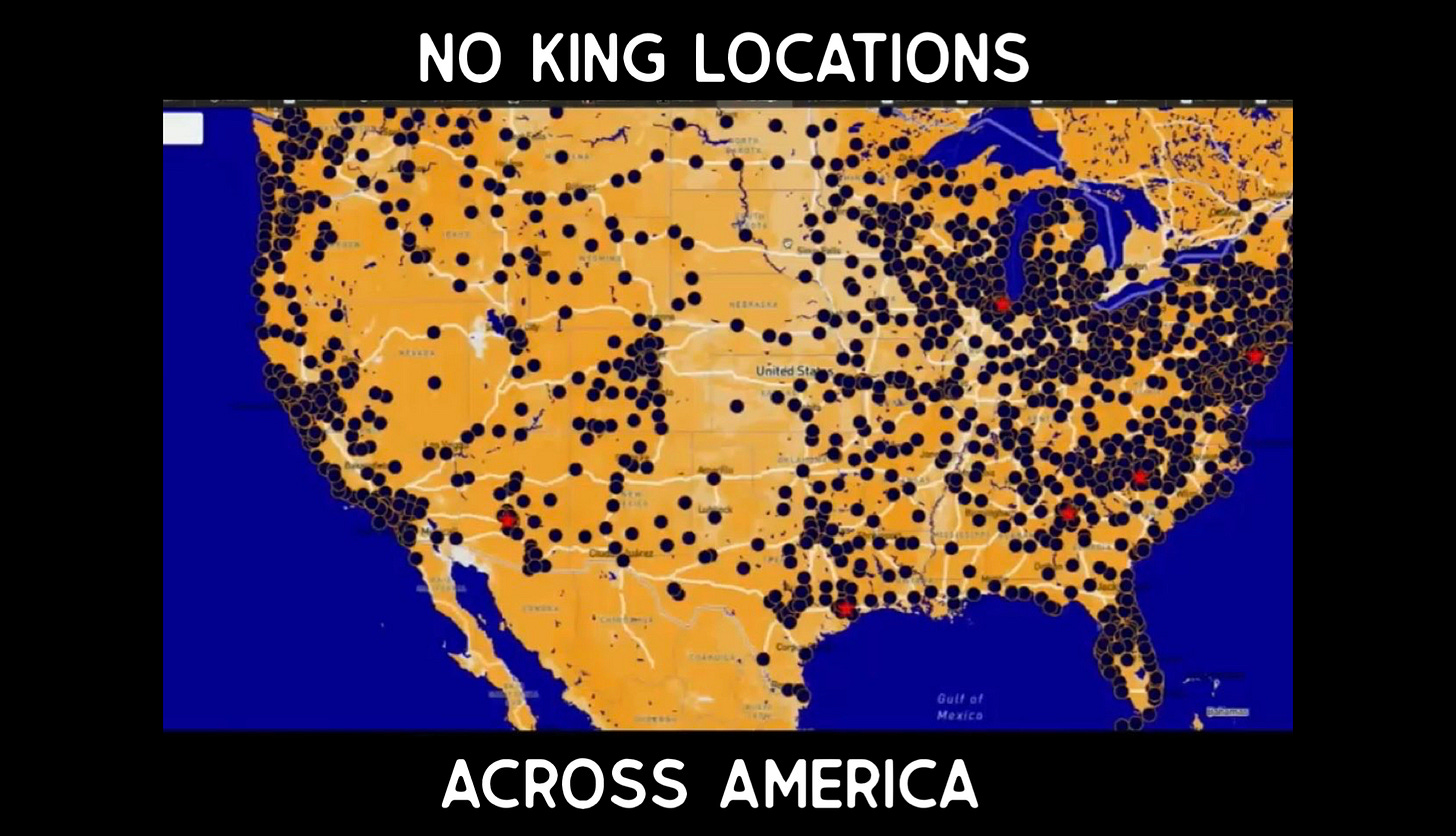Classrooms, Chaos, and the Communist Playbook
From Russia to Cuba to Idaho: When Youth Are Weaponized
I watching videos of young adults some in college, others perhaps not, but most having passed through our public education system rioting, destroying property, and harming others, in L.A. I can’t help but ask: Is this a new phenomenon, or are we witnessing history repeat itself?
That question led me down a path of research, and what I found is both unsettling and familiar. What drives this kind of behavior? What comes next? Are these young people being indoctrinated programmed to serve as pawns in a larger agenda aimed at tearing down the very foundations of America?
Is this the modern Trojan horse, quietly ushering in Marxianity, socialism, or even full-blown communism under the guise of activism and justice?
And if so, what nations have walked this road before us? What were their outcomes and are we prepared for what could come next?
History
This isn’t just youthful rebellion it’s something far more calculated. Are they being used? Let’s look at history: time and again, revolutions sparked by passionate young people who have paved the way for tyranny. The question is are we next?
This Isn’t New, It’s a Playbook
What we’re seeing on college campuses and in the streets today isn’t just youthful passion run wild it’s a page torn straight from history.
Russia Revolution 1917
Let’s look at the Russian Revolution of 1917. Russia was drowning in poverty, war fatigue, and political unrest. But it was the students and young intellectuals many radicalized in universities who lit the match. They organized protests, spread revolutionary propaganda, and helped galvanize the working class. The Bolsheviks knew exactly what they were doing: they recruited the young to destabilize the old.
Sound familiar?
Figures like Leon Trotsky weren’t just reacting they were leading. Universities in cities like St. Petersburg and Moscow were breeding grounds for socialist ideology. These young agitators played a key role in dismantling the existing order, paving the way for a communist regime that brought decades of oppression and bloodshed.
Overview of the Russian Revolution
Education, literacy and the Russian Revolution
Russian Revolution, Causes and Timelines
China’s Revolution 1949
Long before Mao Zedong rose to power, China was a nation in chaos. In the early 20th century, it was fractured by warlordism, ravaged by foreign powers, and buckling under economic collapse. But the real revolution didn’t begin on a battlefield it began in a classroom.
It was 1919 when students from Peking University took to the streets in what became known as the May Fourth Movement. They weren’t just protesting a treaty they were rejecting centuries of feudal tradition and foreign control. Their rallying cry? Reform, national dignity, and a new future for China.
That spark lit the fire.
In the years that followed, university campuses in Beijing, Shanghai, and other cities transformed into hotbeds of Marxist thought. Young intellectuals names like Mao Zedong and Zhou Enlai began to emerge, not merely as students, but as ideological architects of what would become the Chinese Communist Party. Many of them were recent graduates or student leaders who believed China could be remade from the ground up.
As the CCP took shape in the 1920s, it quickly recognized the power of youth. The party’s Youth League became a strategic tool mobilizing students to spread propaganda, educate rural villagers, and recruit soldiers for the Red Army. These young revolutionaries weren’t content to sit in classrooms. They moved into China’s heartland, acting as organizers, teachers, and boots-on-the-ground agitators.
By the time the Chinese Civil War erupted in full force (1945–1949), these same students had transformed into something far more formidable: guerrilla fighters, spies, and committed revolutionaries. Their idealism wasn’t a phase—it became the fuel that helped the CCP defeat the Nationalists and seize control of the country.
In 1949, the People’s Republic of China was born not just through military might, but through the minds and energy of a generation who had been taught to believe that revolution was not only possible, but necessary.
👉 May Fourth Movement overview
👉 Deep dive into the Chinese Communist Youth League
👉 Timeline and context of the Chinese Communist Revolution
Cuba Revolution 1959
n the 1950s, Cuba was simmering. Corruption plagued Fulgencio Batista’s regime, economic inequality was growing, and the island’s sovereignty was under heavy American influence. But the spark that lit the revolution didn’t ignite in the jungle—it struck in the classroom.
The University of Havana became a hotbed of resistance. Frustrated by repression and limited opportunities, students organized protests, spread anti-government literature, and carried out acts of sabotage. One of them was Fidel Castro, a fiery young law student who would go on to lead the 26th of July Movement—a revolutionary force fueled by youth and idealism.
Student-led groups like the Directorio Revolucionario Estudiantil went beyond protests—they staged armed attacks on Batista’s regime. Meanwhile, others left the cities and joined Castro’s guerrilla fighters in the Sierra Maestra mountains, where ideology and action merged into an unstoppable force.
By 1959, Batista fled the country. The revolution had succeeded, and Cuba fell under the grip of Marxist-Leninist rule led by students-turned-soldiers who had toppled a regime and built a communist state just 90 miles from American shores.
One last example;
Eastern Europe (Post WW11), How Eastern Europe’s Youth Helped Cement Communism
In the rubble of World War II, Eastern Europe became a strategic prize and the Soviet Union wasted no time turning the region red. As fascism fell and capitalism faltered in the eyes of many, young intellectuals and students across Poland, Hungary, and Czechoslovakia became fertile ground for communist recruitment. Disillusioned and eager for a new world order, they joined Soviet-backed youth organizations modeled after the Komsomol and threw themselves into building a future shaped by Marxist ideology.
These youth brigades weren’t just marching in parades. They ran propaganda campaigns, took part in labor projects, and filled the ranks of political education programs. Some became bureaucrats, others propagandists but all helped entrench Soviet-style communism throughout the region. By the late 1940s, with Moscow’s backing and youthful zeal on the ground, Eastern Europe’s map was dotted with People’s Republics—not by accident, but by design.
History Is Whispering—Are We Listening?
With our national debt nearing $37 trillion, America is teetering on a cliff of financial instability—just like Russia before the Bolshevik Revolution, and China before it fell to communism. Yet instead of tightening our belts, our government continues to pass massive spending bills that inflate the budget and push us deeper into decline.
Just as it was in the other countries mentioned above, our public education system funded by your tax dollars is producing students more committed to progressive ideology than to personal responsibility. Young people are leaving high school and college embracing narratives of climate catastrophe, DEI orthodoxy, and anti-capitalist resentment. Many believe the government owes them whether it’s student loan forgiveness or Idaho’s new Launch program paying for higher education.
At the same time, groups like Save Our Schools using educators and superintendents as special guest speakers fight tooth and nail against letting any of your tax money follow students to alternative education. Why? Because those systems challenge their monopoly. As I’ve often said: you can’t have indoctrinated students without indoctrinated teachers and administrators.
I realize these words may unsettle some in the education system. But instead of reacting in anger, I ask you truly reflect. Read the history I’ve shared. Look at the patterns. This isn’t about feelings it’s about facts. History has shown us what happens when governments expand, economies collapse, and youth are mobilized by ideology.
We’re not just drifting toward repetition. We’re racing toward it. And the consequences will reach all of us including you.
As protests and outright riots unfold in places like Los Angeles, and “No King” demonstrations inch closer to neighborhoods across America, including right here in Idaho, we’d be wise to ask ourselves: How many more signs do we need before we acknowledge what history has already shown us?
“Silence in the face of evil is itself evil. God will not hold us guiltless.
Not to speak is to speak. Not to act is to act.” — Dietrich Bonhoeffer
We are being warned not subtly, but boldly. Will we act, or will we look back one day and realize we watched it all unfold in silence? Just as the Germans once stood by and watched as Jews were loaded onto railcars telling themselves it wasn’t their place, or that it would all pass.
But it doesn't have to end that way. We still have time to stand, to speak, and to act. This is our moment to rise with courage and conviction to protect our children, defend truth, and preserve the freedoms so many died to give us. God has not called us to comfort, but to faithfulness. Let us be the generation that refused to bow, that refused to be silent, that answered evil with unwavering righteousness. Speak up. Show up. Stand firm. Because when good people take action, evil loses its grip.
Quote of the day:
“I have sworn upon the altar of God, eternal hostility against every form of tyranny over the mind of man. “ ~Thomas Jefferson
(Thomas Jefferson would be considered a Christian Nationalist if he was alive today. He believed in God and he fought for this Nation.)






There is no riot in China.